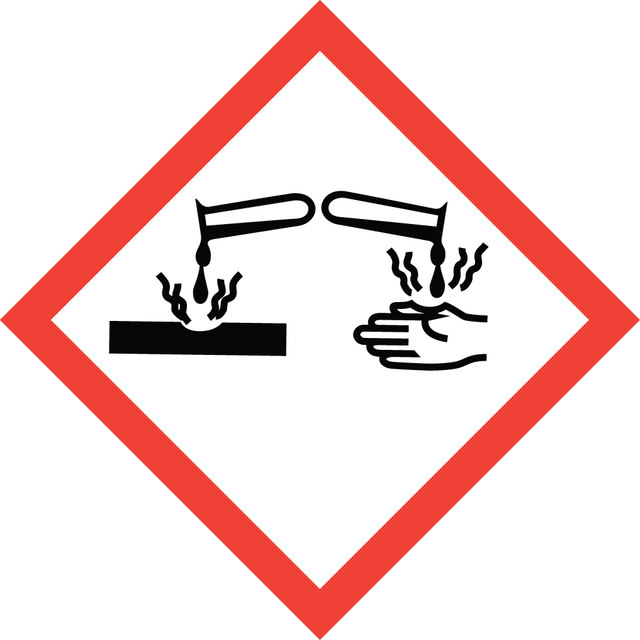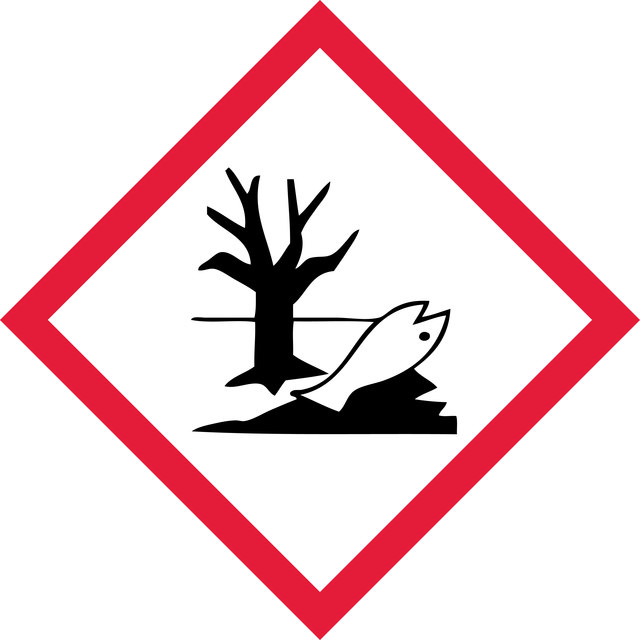MAK094
Protein Carbonyl Content Assay Kit
sufficient for 100 colorimetric tests
Sign Into View Organizational & Contract Pricing
Select a Size
About This Item
UNSPSC Code:
12161503
NACRES:
NA.84
usage
sufficient for 100 colorimetric tests
detection method
colorimetric
relevant disease(s)
cardiovascular diseases; neurological disorders; cancer; gastrointestinal diseases
storage temp.
2-8°C
General description
Oxidative stress results when the effectiveness of antioxidant defenses is insufficient to deal with the production of reactive oxygen species (ROS). ROS can induce damage to DNA, lipids, and proteins. The oxidation of proteins results in the production of stable carbonyl groups, which can be used as a measure of oxidative injury.
Application
Protein carbonyl content assay kit has been used to determine protein carbonyl concentration.
Suitable for quantifying carbonyls in protein samples
Biochem/physiol Actions
The Protein Carbonyl Content Assay Kit provides a simple and direct procedure for measuring carbonyl content in a variety of biological samples. Carbonyl content is determined by the derivatization of protein carbonyl groups with 2,4-dinitrophenylhydrazine (DNPH) leading to the formation of stable dinitrophenyl (DNP) hydrazone adducts, which can be detected spectrophotometrically at 375 nm, proportional to the carbonyls present.
Signal Word
Danger
Hazard Statements
Precautionary Statements
Hazard Classifications
Acute Tox. 4 Oral - Aquatic Acute 1 - Aquatic Chronic 1 - Carc. 2 - Eye Dam. 1 - Met. Corr. 1 - Muta. 2 - Skin Corr. 1 - STOT SE 3
Target Organs
Respiratory system
Storage Class Code
8A - Combustible corrosive hazardous materials
Choose from one of the most recent versions:
Already Own This Product?
Find documentation for the products that you have recently purchased in the Document Library.
UV?B radiation interacts with temperature to determine animal performance.
Ghanizadeh-Kazerouni E, et al.
Functional Ecology, 30(4), 584-595 (2016)
Plasticity of protective mechanisms only partially explains interactive effects of temperature and UVR on upper thermal limits.
Kern P, et al.
Comparative Biochemistry and Physiology. Part A, Molecular & Integrative Physiology, 190, 75-82 (2015)
Benjamin W B Holman et al.
Meat science, 139, 171-178 (2018-02-11)
Different chilled (~0.1 °C for up to 5 weeks) then frozen storage (up to 12 months) combinations and two frozen storage holding temperatures (-12 °C and -18 °C) effects on beef M. longissimus lumborum (LL) protein structure degradation and a marker of protein oxidation were
Melissa M Miranda-Cruz et al.
Comparative biochemistry and physiology. Toxicology & pharmacology : CBP, 213, 19-26 (2018-07-25)
Hypoxia inducible factor-1 (HIF-1) is a transcriptional factor that induces genes involved in glucose metabolism. HIF-1 is formed by a regulatory α-subunit (HIF-1α) and a constitutive β-subunit (HIF-1β). The white spot syndrome virus (WSSV) induces a shift in glucose metabolism
Effects of chilled-then-frozen storage (up to 52 weeks) on an indicator of protein oxidation and indices of protein degradation in lamb M. longissimus lumborum.
Coombs CE, et al.
Meat Science, 135, 134-141 (2018)
Related Content
Our team of scientists has experience in all areas of research including Life Science, Material Science, Chemical Synthesis, Chromatography, Analytical and many others.
Contact Technical Service


